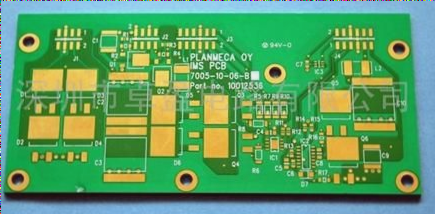Using a Food Dehydrator to Dry Cleaned PCBs
After purchasing an ultrasonic cleaner to remove flux and other residues from PCBs, you may be considering different methods to dry them effectively. Some suggest using a hot air blower, as ultrasonic cleaning can push water under components. However, have you thought about using a food dehydrator?
Before proceeding, it’s essential to consider potential risks. Plastic food dehydrators may create a statically charged environment, which could be harmful to PCBs. To address this issue, you might want to explore ways to dissipate static charge from the airflow.
One possible solution could involve creating a wire mesh with a grounding wire. This setup may help in reducing static buildup, but the effectiveness and necessity of this step remain uncertain.
If you have experience or insights on using a food dehydrator for drying PCBs or suggestions on managing static charge, feel free to share your thoughts. Your input could help others in the community make informed decisions!
Additional Tips for PCB Drying:
- Consider the material and construction of your food dehydrator to assess potential static risks.
- Explore alternative drying methods such as using a hot air blower or dedicated PCB drying equipment.
- Consult with experts or manufacturers for specific recommendations on drying PCBs effectively.

